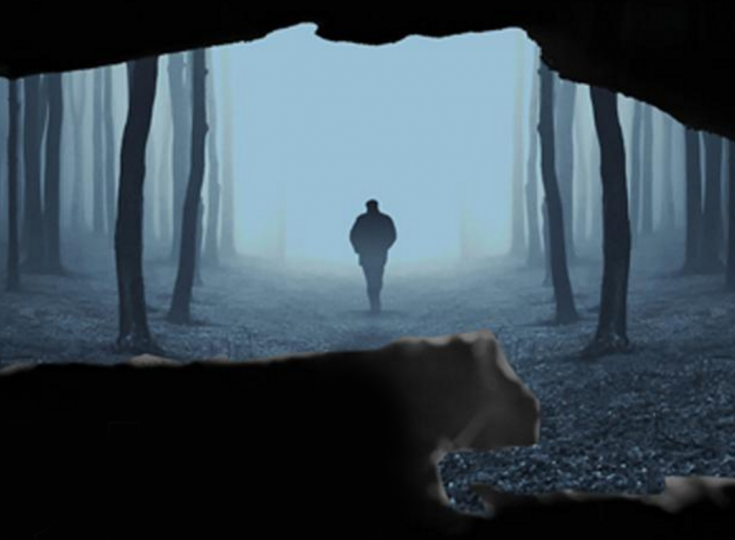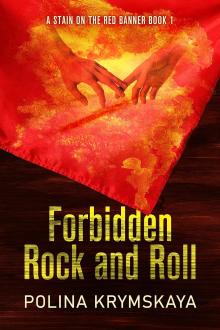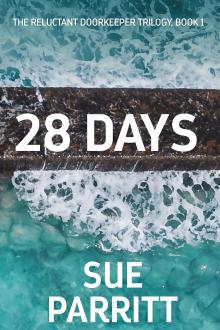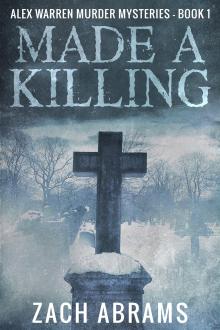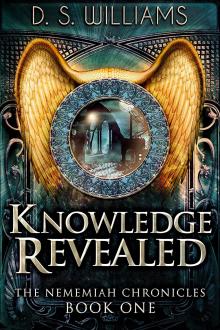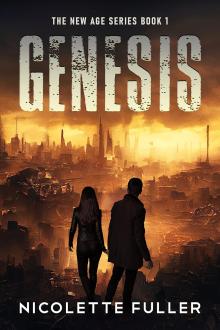Gary J. George - The 1950s and the Beauty of the Mojave Desert
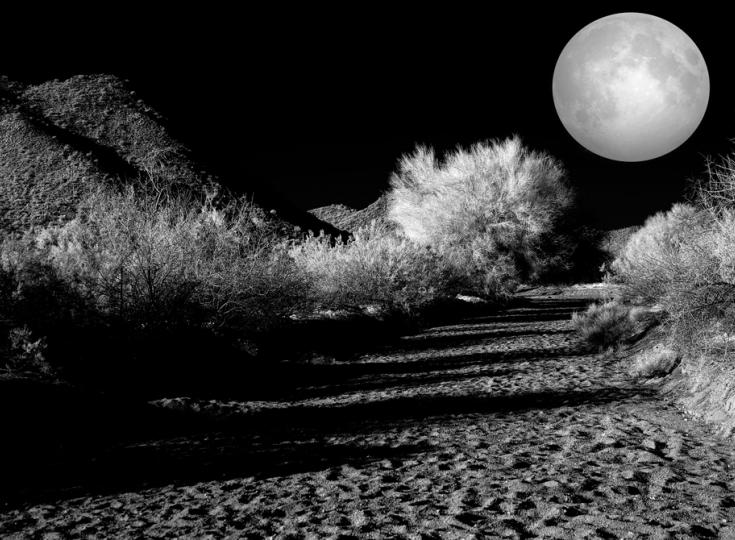
Gary J. George has a deep, abiding love of the Mojave Desert - and it shows in his work. Most of his novels take place in this area and are set in the 1950s. He uses his own experience and knowledge of people to paint his scenes and characters with great detail. As our Author of the Day, George tells us more about his latest book, Deep Desert Deception.
Please give us a short description of what Deep Desert Deception is about.
A teenager from the Kiowa Apache Comanche reservation in Oklahoma is fleeing a violent incident. He hops a freight train, heading for Los Angeles to enlist in the Army. On his journey, he gets a glimpse through a boxcar door of the tiny desert town of Smoke Tree. Homesick and alone, something about the people and small houses on the east side of town resonates with him. Knowing he can never return to Oklahoma, he decides this will be the place he will hold in his mind as a home to return to as he fights in the war. He doesn’t make back until 1956, and the man who returns to Smoke Tree is very different than the boy who passed through in 1942.
What inspired you to write this book?
A complex case of mistaken identity.
Why the Mojave Desert in the 1950s – what appeals to you about this area and time period?
The Mojave Desert because it is vast and open and challenging. The distant hills and mountains beckon the curious ever forward to see what lies beyond that mesa or up that stony draw. It seems empty and desolate, but it is actually filled with plants and creatures with incredible coping skills that enable them to survive the harsh environment. The isolated inhabitants and small towns have always held a fascination for me. Although the majority of Americans now live in big cities, I think there is still a longing for rural, small-town life in the American psyche.

The 1950s because that era magnified the isolation of the Eastern Mojave. Huge areas lacked even phone service and left people reliant in their own abilities and resourcefulness.
Tell us more about Burke Henry. What makes him tick?
Burke is war-weary veteran of World War Two, the Korean War, and the Huk Rebellion in the Philippines. A blond-haired, blue-eyed son of a Ukrainian father and a Kiowa Apache mother, he wants most of all to be left alone to find harmony in the world around him and understand his place in it. He builds a house with his own hands and no power tools in a place so far off the beaten path that few people in nearest town, Smoke Tree, even know where it is, let alone how to get there. He finds a kind of peace in his new home until he is recognized at a gas station in Smoke Tree by an evil man from his past.
You describe your characters with compassion – in such a way that readers can relate to them. How do you pull this off?
Characters always come first to me when I’m writing; their story follows. It’s a slow process. As I think about them and envision their lives, they begin to talk to me. As I’m going about my everyday life, I can hear them. As this happens, I begin to understand them. Understanding leads to empathy, which leads to compassion, just as ignorance and bigotry lead to hatred.
Readers compare your work to Cormac McCarthy and Tony Hillerman. Do you have any favorite authors?
Scott Fitzgerald and William Faulkner in the first half of the Twentieth Century, and Cormac McCarthy and Richard Russo in the second half of that tumultuous period in our history. I am also a great fan of both Raymond Chandler and James Lee Burke.
You describe everything from horse shoeing to shooting a bow. How much research does this require from you?
I once knew a man who had worked as a farrier. He told me a lot about understanding horses by the way they moved their feet. He also explained a lot about the work of a farrier, but I did a lot of additional research on how hoof trimming and horse shoeing are done. As for shooting a bow, my father and I did a lot of that when I was a young man.
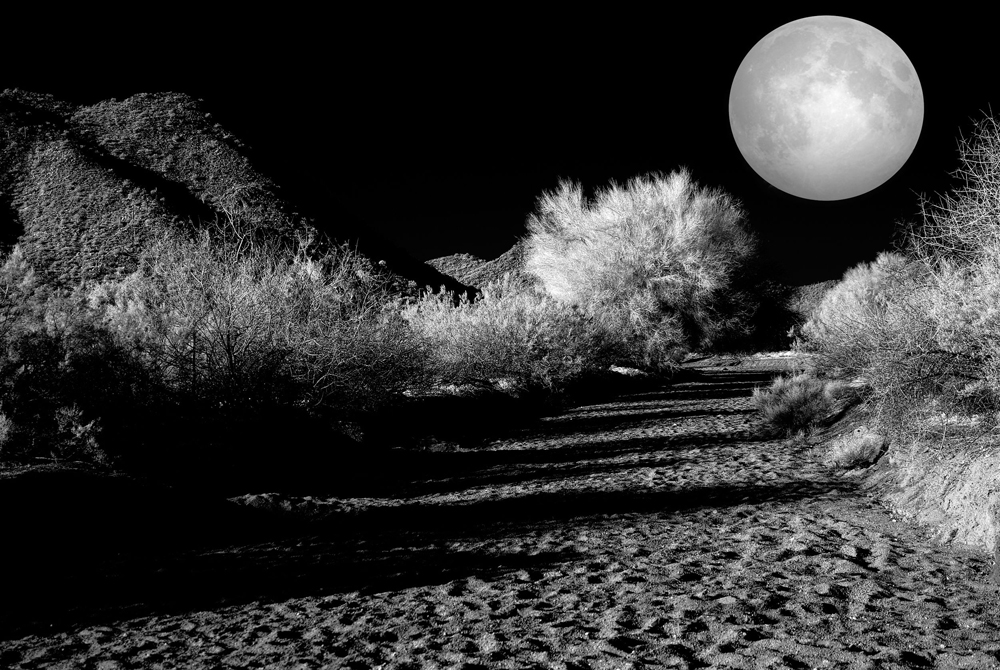
This book is part of a series. Did you plan on it being a series right from the start? How do the other books in the series tie in with this one?
I didn’t write my first novel, The House of Three Murders, until I was seventy. When I finished, I realized I had grown quite attached to some of the characters and wanted to write about them again. Horse Hunts, the second book, was originally part of The House of Three Murders. My wife, Ginny, a writer herself with a keen eye for fiction, pointed out that the story was a diversion from the main story and should be a stand-alone novel. She was right.
Aeden Snow reappears as a main character in the third book, Mojave Desert Sanctuary, as does Chemehuevi Joe, the reclusive, mysterious Native American from Horse Hunts. Lieutenant Carlos Caballo, known throughout the lower Colorado River basin as “Horse”, is the glue that holds all the books together. He and Chemehuevi Joe return in Death on a Desert Hillside, and Horse and his wife Esperanza (the glue that holds him together), return in Deep Desert Deception.
Talk to us about your writing routine; what’s a typical writing day for you?
Long periods of thought and reflection without any actual writing at all followed by periods of intense production in which I write thousands of words a day. I write anywhere I happen to be, but mostly I sit on a couch with a lined legal pad on a clipboard. I am aware this flies in the face of the conventional wisdom of writing every day in the same place for a set period of time, but it’s the way I work, and it works for me. I love thinking about what I am going to write, and I love the writing itself.
When working on a new book, what’s the first thing you do?
Envision characters. What the characters decide to do will create the story.
What are you working on right now?
The sixth novel in the Smoke Trees Series, The Desert Strikes Back. Horse and Joe will be the main characters. Aeden Snow, home from college for the summer, will play a part, as will three new characters.
Where can readers discover more of your work on interact with you?
On my Amazon page, they can click the “follow” button beneath my photo. I also would appreciate it if they would follow me on Goodreads.

